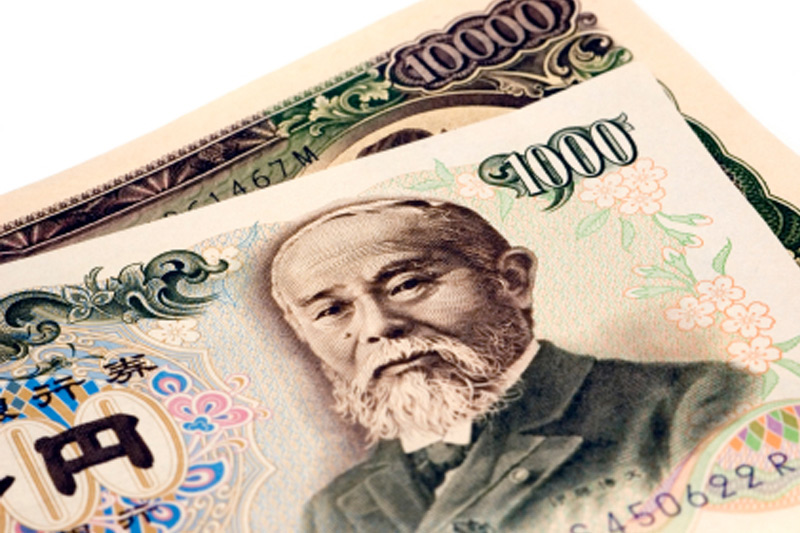Street Calls of the Week
Investing.com - The Japanese yen is experiencing a tough time, having reached its lowest point against the US dollar this year. This unfortunate situation for investors betting on Japan's currency could worsen if the nation's central bank maintains its current policies.
Recently, the yen closed at 137.98 per US dollar, marking a depreciation of over 5% since the beginning of this year. Having broken through its December support levels, it now seems poised to reach even lower milestones like 140 and possibly down to late November's low of 142.25.
Various market participants, such as National Australia Bank Ltd (ASX:NAB), had anticipated that the yen would recover following a significant decline of more than 12% in 2022. They believed that rising inflation would prompt the Bank of Japan (BOJ) to adjust their ultra-loose monetary policy stance. However, despite conducting a long-term review under new Governor Kazuo Ueda’s leadership, BOJ appears content maintaining their yield curve control (YCC) approach for now.
Aninda Mitra from BNY Mellon (NYSE:BK) explains that with Governor Ueda signaling patience regarding YCC adjustments and with increasing risks facing the yen due to wage growth and high inflation rates persisting within Japan – there is potential for USD/JPY exchange rate reaching up to around ¥140 by Q2 end if no changes are made by BOJ during this period.
Furthermore, the rising interest rate disparity between Japan and the United States due to hawkish Federal Reserve sentiment is also pushing USD/JPY higher. Market participants will closely watch Tokyo's May Consumer Price Index (CPI) data this week, following national figures that indicated a re-acceleration of inflation in April after cooling down earlier in 2023. Persistent inflation may eventually lead to a shift in BOJ’s YCC policy.
